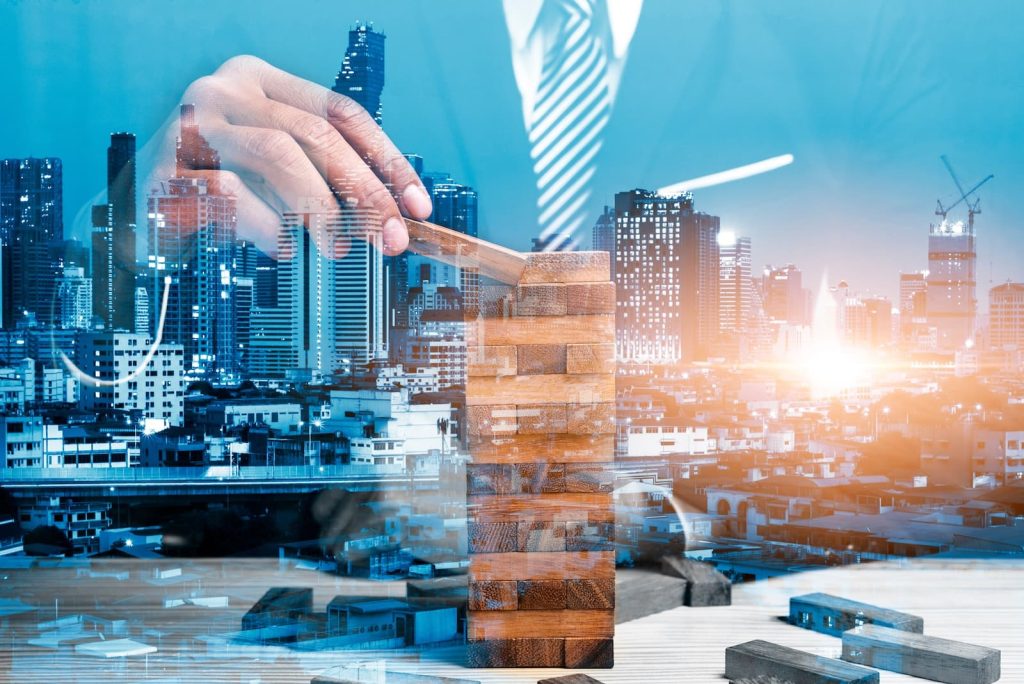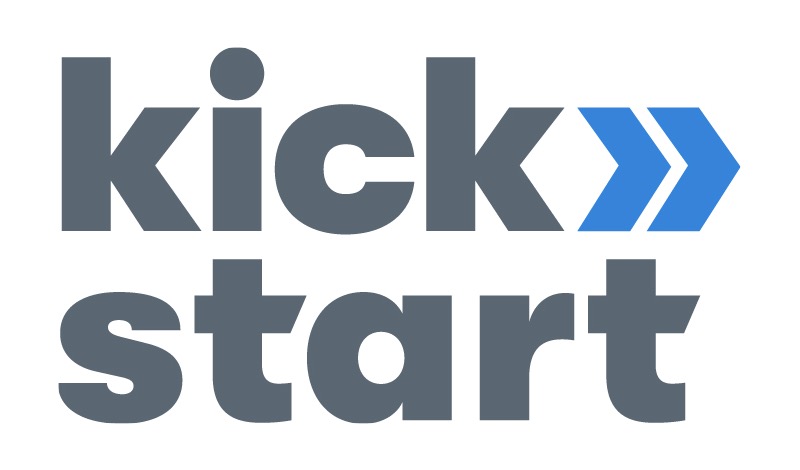General
How does the roofSec System work?
The roofSec system essentially consists of 3 components:
1 - Sensor cable: a 100 meter long cable on which a circuit board with microprocessor, capacitive measuring field and other electronic components is integrated at intervals of one meter. Each of these sensors is uniquely identifiable, which is necessary in order to be able to localize the detected water ingress. This allows a freely configurable installation pattern and thus adaptation to all roof shapes. The sensor cable is installed on the vapor barrier, under the thermal insulation, and is thus located in a moderate temperature range and protected from UV radiation and other weather influences. This cable is used to detect the water ingress and sends the information to the communication unit via the 50 meter long connection cable.
2 - Communication unit: is located inside the object and utilizes the information of the sensor cable. Up to 4 sensor cables can be connected to one communication unit, which enables monitoring of approximately 500m² of roof area or 4 separate areas of up to 130m² (e.g. roof, terrace, garage). The communication unit is connected to the Internet and sends the relevant data to the cloud. Another option allows to integrate the communication unit into an existing home automation system.
3 - Cloud: The third essential core component is the cloud. It receives the data from the installed communication units and evaluates it using intelligently selected algorithms. In this way, false alarms are avoided and the functionality of the individual systems is continuously checked. The database also stores the respective laying patterns of the sensor cables. So if a sensor reports water ingress, the software knows exactly where this sensor is located on which roof at which customer and can notify the customer. The damaged area is displayed in the roof top view.
Due to the server-side intelligence of the software and the "simple" components on site, it is possible for us to implement future developments easily, because we already have to consider possible future trends in the current phase. For example, we can assume that apps will no longer play a role in 30 years or that other file formats will replace current ones (e.g.: .jpg). Through continuous further development and adaptation of the server-side software, the roofSec - system always remains "up-to-date" and on the pulse of time, even after 30 years and more.
What about data protection?
The stored personal data will never be disclosed to third parties and is used solely for notification in the event of damage and communication in the event of, for example, long-term power and Internet outages detected by us. We also do everything to protect your data from access by third parties and always comply with the current legal requirements.
What impact does the roofSec system have on the environment?
The main advantage of our product is to detect and report water leakage at an early stage, even before it can penetrate the interior of the building and cause damage to furniture, floors, goods, production machinery, food and the like. It also prevents soaking (and thus destruction) of existing thermal insulation, saving valuable materials and protecting the environment. Due to a relatively exact localization of the damaged area, the search for leaks also requires little time and effort, and the waterproofing layer only needs to be repaired at certain points, eliminating the need for large-scale replacement of the foil. The service life of the roof is thus considerably extended and the materials can remain on the roof until the end of their technical service life, eliminating unnecessary, premature renovation. This is good for your wallet and good for the environment!
Purchasing and costs
Where can I purchase a roofSec system?
Companies can purchase roofSec from well-stocked wholesalers. In Austria this is Austrodach – Die Dachdenker (https://www.austrodach.at) as well as FLATTEC – Flachdach-Systeme für Profis (https://www.flattec.com).
Since we also always recommend installation by specialist companies, direct sale to private individuals or purchase in a DIY store is not intended.
If you do not have the possibility to purchase our system in your region or if you are interested in a sales cooperation, please contact us via the contact form.
How much does the system cost?
One of the most common questions is: How much does the system cost for xy m²? It is not that easy to answer this question, because the price is composed of several components:
- Number of sensor cables required
- Number of communication units required
- Calculated working time
- Amount of the calculated hourly rate
A single sensor cable can reasonably cover roof areas from 50m² up to about 130m², but not every roof is the same: factors such as shape, corners, roof penetrations (skylights, chimneys, ...) have a significant influence on the laying of the sensor cables.
An example:
Our sensor cable can be flexibly and individually adapted to any roof shape. As a result, 2 sensor cables are sufficient for roof A with 250m² roof area.
For roof B, with also 250m² roof area, but different shape, however, you need 3 sensor cables.
Therefore, it is necessary that the installation pattern is planned by the specialist with our online tool. Here, the number of required cables and communication units are also determined immediately and together with the amount of work, you as the end customer get a realistic picture of the expected costs.
Are there monthly or annual fees?
No. The roofSec system is paid for with a one-time purchase. It is our concern not to cause the end customer any regular costs in the sense of a subscription system or the like.
Does roofSec replace existing maintenance contracts?
Our system is an early warning system with leak localization and immediate notification of water ingress. Nevertheless, we recommend regular maintenance of the flat roof to detect and eliminate, for example, a blockage of drains or impending damage (material fatigue, foreign bodies on the roof, ...) before it comes to leakage.
Installation and mounting
What is needed for the installation?
In addition to the determined number of sensor cables and communication units, one still needs:
- a gauge piping to the installation location of the communication unit (preferably control cabinet)
- a power supply for the communication unit (see respective data sheet)
- an Internet connection for the communication unit (LAN or Wifi)
- a vapor-tight connection of the ductwork to the vapor barrier (e.g.: by sleeves)
- fabric tape or similar for spot fixing of cables at corner points to prevent slippage during installation
- An email address (to be kept up to date) for notification.
How to lay the cable?
Always follow the laying instructions! The cable is laid according to the laying pattern in the online planning tool. It is recommended to fix the cable at regular intervals and at curves/corners with a tape on the vapor barrier to prevent slipping. However, the tape should never touch the sensor board, but only be fixed to the casing. Twisting of the ribbon cable should be avoided, it should be applied flat and straight.The sensor side of the board always belongs downwards (the cable routing is on the top side of the board).
Is it possible to extend the connection cable?
No, the connecting cable must not be extended under any circumstances due to the voltage drop. However, shortening by a specialist is permitted. If the extension cable turns out to be too short despite the 50 meters, we recommend an alternative installation location for the communication unit.
Can I install the system myself?
We always recommend installation by skilled workers, as the planning must match the physical laying of the cables in order to transmit correct values to our system.
Is a subsequent installation possible/economical?
Retrofitting our system only makes sense in the case of new roofing or in the course of renovation, as the sensor cables are installed between the vapor barrier and the thermal insulation, which would require the removal of all layers above.
How can I install the communication unit?
You can find the installation instructions incl. explanation video on the download page.
Are software updates required?
Our system is maintenance-free. Software updates are generally carried out on the server side and do not require any action on the part of the end customer.
Can I also mount the communication unit outside the control cabinet?
The communication unit is supplied in a top-hat rail housing for installation in the control cabinet and therefore this is also recommended by us. It can of course happen with larger objects that the 50 meter connection cable is not sufficient to reach the control cabinet. In this case, the installation can be done elsewhere, provided that the requirements (protection of the electronics from dust and water, power supply, Internet connection, accessibility) are met.
I am retrofitting a photovoltaic or solar system on the roof. What do I have to consider?
First and foremost, you should not fall off the roof or otherwise injure yourself! So please pay attention here, your welfare is really important to us. Regarding our system, you should make sure that the cables are not damaged (by drilling, chiseling, ...) and that the possibly required pipes are also connected tightly to the vapor barrier and the flat roof sealing again. If the sensor cable needs to be repositioned, this must also be adapted in the installation plan in our database.



